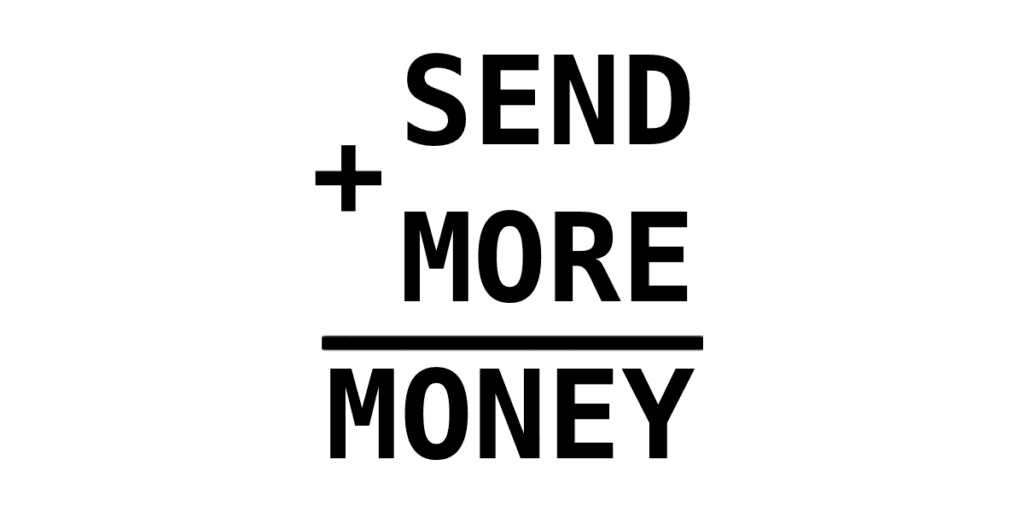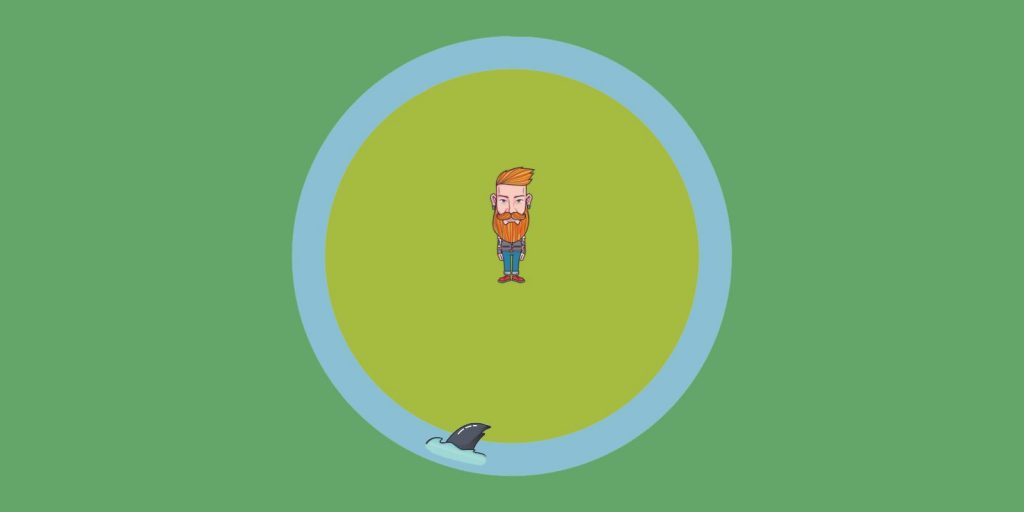Circular Racetrack
Suppose you are on a one-way circular racetrack. There are 100 gas cans randomly placed on different locations of the track and the total amount of gas in the cans is enough for your car to complete an entire circle. Assume that your car has no gas initially, but you can place it at any location on the track, then pick up the gas cans along the way and use them to fill the tank. Show that you can always choose a starting position so that you can complete an entire circle.
Imagine you put your car at any location, but instead with an empty tank, you start with enough gas to complete the circle. Then, simply track the amount of gas you have and locate the point on the track where it is the lowest. If you choose that location as a starting point, you will be able to complete the track.






